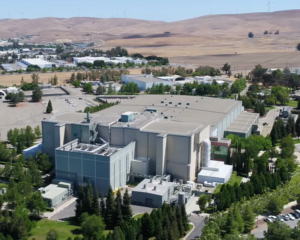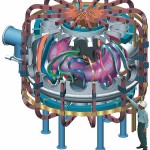Great. The fusion hype is bad enough already. Now its resurgence is going to interrupt the series of posts I’m in the middle of publishing in order for this post to be “timely.”
The first (and much bigger) round of breathless excitement came in December 2022 when the National Ignition Facility (NIF) at the Lawrence Livermore National Lab (LLNL) announced a (legitimate) breakthrough in achieving fusion: more energy came out of the target than laser energy injected.
At the time, I brushed it off without even reading any articles because I already knew about the NIF’s purpose and limitations, and a few headlines told me everything I needed to know. Who cares how much laser energy went in: how much energy went into creating the laser energy? The laser I used for lunar ranging took 5 kW from the wall plug and delivered 2 W of laser power for a dismal 0.04% efficiency. Such is the cost for shaping ultra-brief pulses: lots of energy is thrown away. The headlines were clearly overblown.
Enough students in my energy class in Spring 2023 asked about the fusion breakthrough (doesn’t that mean we’re done?) that I dug into the details. Even so, I still deemed it unworthy of writing up as a post. But a few days ago, my friend asked me if I was excited about the recent fusion news. I hadn’t heard a peep, but after searching I found a new round of articles based on a second “net gain” laser shot and realized I probably ought to put out a quantitative post on the matter, reminiscent of my blogging origins.
In the end, the NIF fusion accomplishment might be called a stunt. Stunts explore what we can do (often after an insane amount of preparation, practice, and failure), rather than what’s practical. Stunts hide the pains and present an appearance of ease and grace, but it’s a show.
Quantitatively, it’s as if you spot a slot machine in a casino that looks very promising. You’re dying to play, because it just feels right—mysteriously appealing to your sense of self. It calls to you. You notice that it takes $2 tokens, but you have none. You go to the window to purchase a token, and are shocked to learn that one $2 token costs $400. Not wanting to look like an uninformed fool, you gulp and buy the token. This slot machine had better live up to its promise! You pull the lever, and surprise! You actually do win! You put in a $2 token and the machine makes very happy noises and flashes lots of lights as it spits out…$3 (and some neutrons, oddly). Queue the headlines! Want to play again? Actually, this wasn’t your first shot: just the first success after years of trying (but hush!).
Views: 56985




